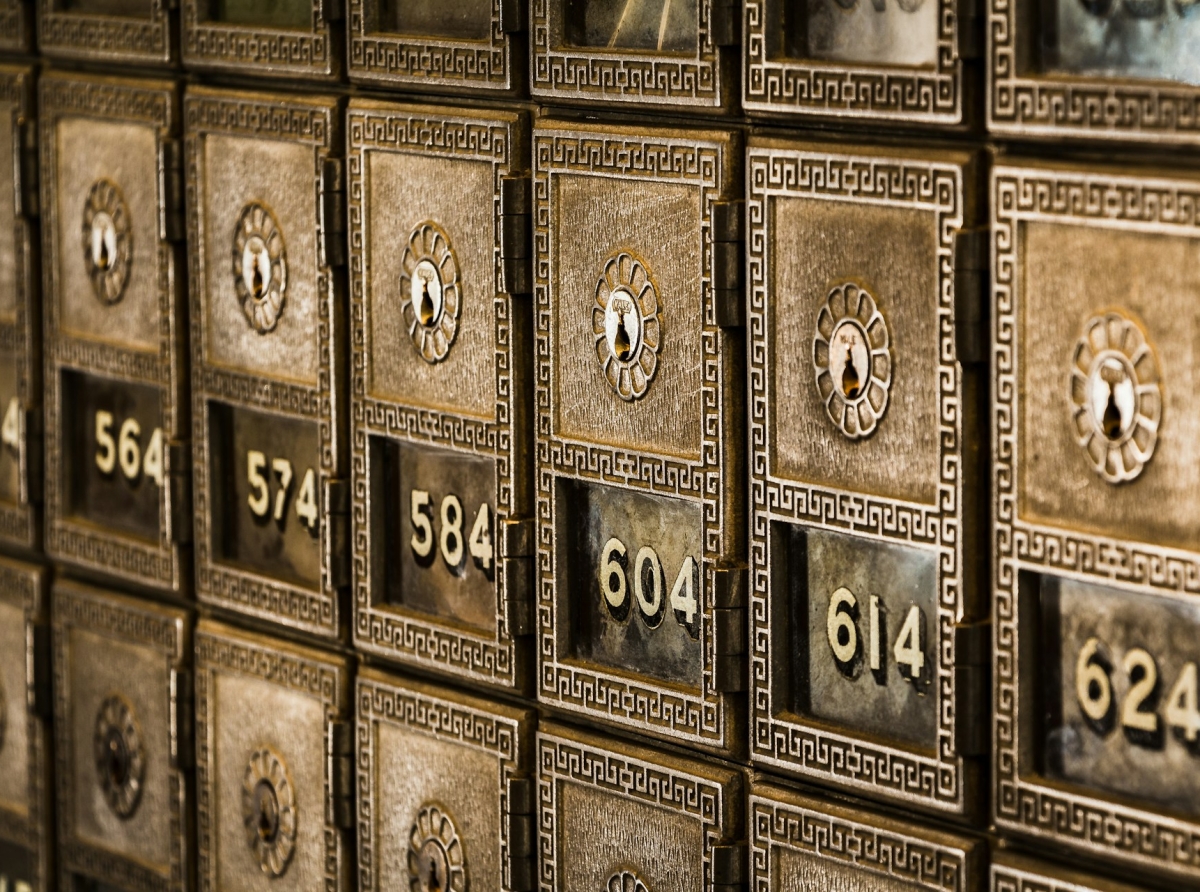
What Are Proof of Reserves And Why They Matter?
In the intricate world of finance, the assurance that an institution possesses the assets it claims to hold is paramount. This assurance is encapsulated in the concept known as “Proof of Reserves.” Proof of Reserves (PoR) refers to a process or a set of mechanisms that companies, particularly financial institutions, use to verify and publicly demonstrate that they have the funds available as they claim. It’s a form of attestation whereby a company can prove to its customers, auditors, and regulatory bodies that the assets it holds correspond to the liabilities owed to clients.
The importance of financial transparency and security cannot be overstated in today’s economic environment where digital transactions are prevalent, and trust in financial systems is a cornerstone. In an era where swift electronic transfers are routine, maintaining integrity and confidence through transparent reserve verification has become more crucial than ever.
The importance of financial transparency and security cannot be overstated in today’s economic environment where digital transactions are prevalent, and trust in financial systems is a cornerstone. In an era where swift electronic transfers are routine, maintaining integrity and confidence through transparent reserve verification has become more crucial than ever.

What Are Proof of Reserves And Why They Matter?
Historical Context and Evolution
Historically, financial reserve verification entailed audits by trusted third parties who would examine physical ledgers, account balances, and actual holdings like gold or currency reserves. These verifications were necessary to ensure institutions could meet their obligations and were not overextending themselves.However, with the advent of digital assets such as cryptocurrencies, there arose a need for updated verification methods that can handle decentralized and often anonymous holdings. This transition necessitates innovative protocols for PoR because traditional audit methods fall short when dealing with assets on blockchain technology.
How Proof of Reserves Works
The process of proving reserves starts with identifying all liabilities an entity owes its customers—these could range from fiat currency deposits to cryptocurrency holdings. Afterward comes the actual verification:Data Collection: Compiling accurate data on total customer balances.
Snapshot: Creating a real-time snapshot of all wallet addresses controlled by the institution.
Audit: Engaging independent auditors or using cryptographic methods to verify that the collected data matches what’s in reserve.
Public Disclosure: Presenting an attestation report or transaction signatures as proof.
Different methodologies employed might include cryptographic techniques such as Merkle tree proofs which allow for privacy-preserving transparency or engaging reputable third-party auditors who provide credibility through their independent status.
Implications for Financial Institutions and Customers
For financial institutions, offering PoR is more than just an exercise in compliance; it enhances trust with customers by reinforcing that their deposits are safe and accessible at any given time. This trust is fundamental in competitive markets where customer loyalty hinges on perceived reliability and security.Furthermore, PoR affects risk management—it ensures firms do not over-leverage themselves—and informs investment strategies by providing accurate data about available capital. From a regulatory standpoint, having PoRs can streamline compliance efforts by pre-emptively addressing transparency requirements laid out by financial authorities.
Challenges and Future Prospects
Nonetheless, implementing comprehensive PoR systems isn’t without challenges; from high costs associated with audits to technical hurdles in creating real-time proof mechanisms for various asset types—especially those held in complex financial instruments or derivatives.Looking ahead, there is significant potential for blockchain technology itself to facilitate more robust PoR systems through smart contracts which could automate reserve verifications instantaneously while maintaining privacy controls. Such innovation might just redefine how trust is built within our modern economic landscape.
In summary, Proof of Reserves stands as a vital cog within today’s finance mechanisms—a testament to an institution’s solvency and sincerity—while also acting as a safeguard against systemic risks posed by opaque asset management practices. It’s an evolving concept that plays an increasingly critical role as our global economy deepens its reliance on digital transactions and complex investment vehicles.
Finance, Transparency, Security, Reserves, Risk Management









Report
My comments